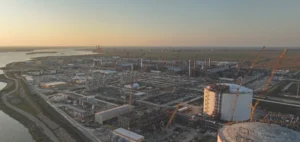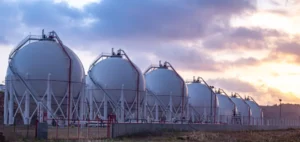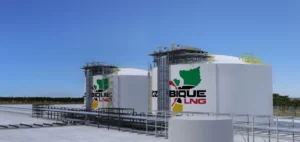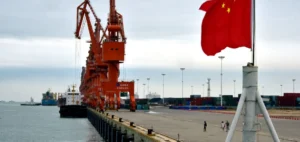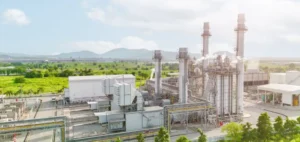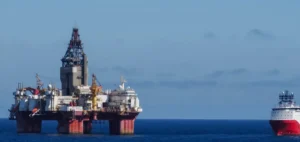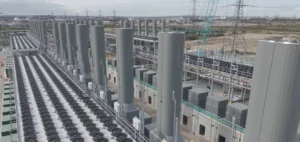On March 5, 2025, US President Donald Trump unveiled an ambitious natural gas pipeline project in Alaska, designed to link the state’s northern region to a southern port, where the gas would be converted into liquefied natural gas (LNG) for export to Asia. This large-scale international project aims to meet the growing demand for natural gas, particularly in Japan, South Korea, and other parts of Asia.
The project revives an earlier pipeline plan that emerged following the discovery of vast natural gas and oil reserves in northern Alaska in 1967. Initially launched in the 1970s and revived in the 2000s, the project had previously failed due to uncertain economic viability. Today, it is being reborn as “Alaska LNG,” spearheaded by the US-based Glenfarne Group, with an estimated cost of $44bn (€41bn). The 1,300-kilometre pipeline would transport 100 million cubic metres of gas daily to a terminal in Nikiski, near Anchorage.
The pipeline would be almost entirely buried and is set to reach its liquefaction terminal, where the gas would be converted into LNG before being shipped by tanker to Asia. The shipping route between Alaska and the Asian market would take between seven and nine days, a distance favourable for quick LNG exports. The project aims to meet the growing energy needs of countries like Japan, which has expressed interest in securing “record quantities” of US natural gas, as well as regions such as the Philippines and Taiwan.
The Asian market represents a strategic outlet for Alaska, particularly after the February 2025 meeting between Donald Trump and Japanese Prime Minister Shigeru Ishiba. While discussions are ongoing with South Korea, no formal agreement has been signed yet. The project could also help reduce the United States’ reliance on energy imports while strengthening its trade relationships with Asian nations.
An internationally scaled project
Current discussions surrounding the pipeline project echo Alaska’s previous attempts to develop its energy reserves. However, the support from the Trump administration could make it a reality, though initial deliveries are not expected until 2030. Glenfarne, the company responsible for the project, plans to secure the final approvals necessary to begin construction, following years of preparation and negotiations.
The LNG market in Asia, particularly in China, South Korea, and Japan, is one of the most dynamic in the world, making this project particularly strategic. The goal is to meet the increasing demand for LNG and support Asian economies in their energy transition while positioning the United States as a dominant player in the global natural gas market. If realised, the project could transform the energy dynamics between Alaska and its key Asian partners.
Major economic and geopolitical stakes
This pipeline project could not only bolster the United States’ position as a key player in the global energy market but also transform commercial relations between North America and Asia. The implications for geopolitical and trade relations are significant, as the pipeline would allow the US to further diversify its LNG exports while enhancing its influence over the global energy market.
Competition with other LNG producers, including Qatar, Russia, and Australia, remains a challenge for the project. However, Alaska’s geographical location could work in its favour, reducing the transport time to Asian markets. The project could thus contribute to a redistribution of global energy flows in the years to come.



